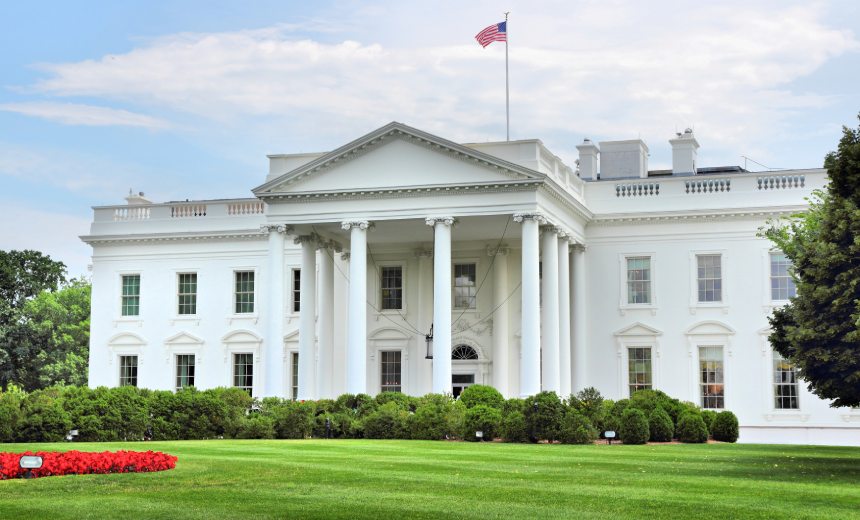Artificial Intelligence & Machine Learning
,
Next-Generation Technologies & Secure Development
US Council of Economic Advisers Includes AI Section in Newly Released Report

Nearly 1 in 10 American workers are employed in jobs highly exposed to displacement from AI, according to the president’s Council of Economic Advisers.
See Also: Freeing Public Security and Networking Talent to do more with Automation
The 2024 Economic Report of the President released Thursday includes concerning findings for low-income workers and those in less-skilled positions, according to an analysis of 16 work activities highly exposed to AI.
Nearly 2 in 10 Americans work in jobs that could be potentially replaced by AI, and the 10% who work in occupations with high exposure that also have low performance requirements could experience negative effects from the growth of AI.
Still, the report makes a case that AI may end up changing the description of highly exposed jobs rather than entirely replacing them. A world with self-driving school buses will still need an adult onboard to ensure kids get on and off safely, the report says. “Most jobs remain a collection of tasks of which only a portion can be automated,” it says and adds that even if AI capable of doing the work of humans can be built, that doesn’t mean it will be economically viable to adopt.
The report largely encourages government adoption of AI and points to examples of federal agencies already engaging in targeted AI research and successful mission-focused innovation efforts at the Defense Advanced Research Projects Agency. “Prediction, evaluation, and routine content generation are core components of many government processes,” the reports says, and these tasks could be made more efficient by automating routine components.
Federal adoption of AI may also have positive consequences for the economy as a whole, since government innovations have a long history of being repurposed by the private sector. GPS is one example of that.
But the report also says that “government adoption of AI is not without risk” and warns that “automating too many processes too quickly could result in a lack of accountability and access to key services, in addition to public sector job losses.”
The report also details new challenges associated with discriminatory behavior in AI models.
“These effects may arise from the biases of AI model developers, or inadvertently from previously unrecognized patterns in the data,” it says, adding that the issue could be further compounded by “the lack of transparency in sophisticated AI algorithms.”
The report provides a general overview of AI’s development and adoption across sectors and acknowledges that “there is still considerable uncertainty” about the future scale and scope of the technology’s impact on the economy. After the first mass market PC was introduce, it took decades for the effect on productivity of computers to appear. Economists to this day still debate whether computers themselves were responsible for a peak in worker productivity observed around the turn of the millennium or whether the effect was a combination of computers and a secondary technology – the internet.
“A productivity boom is not guaranteed” with the continued implementation of AI tools and technologies across sectors, the report says, adding that “it may be a while before the full effects of AI are felt, and even longer before we can confidently observe it in economic statistics.”
“How deeply AI becomes integrated into the economy depends not only on technological progress but also on institutional and regulatory issues,” the report says.
The White House has taken a series of actions in recent months aimed at setting standards and regulations for the burgeoning AI industry.
In February, the administration, with more than 200 AI companies, launched the first-ever U.S. consortium dedicated to AI safety (see: White House Launches AI Safety Consortium). And in October President Joe Biden signed an executive order that requires certain AI developers to share red-teaming and safety test results with the federal government.
